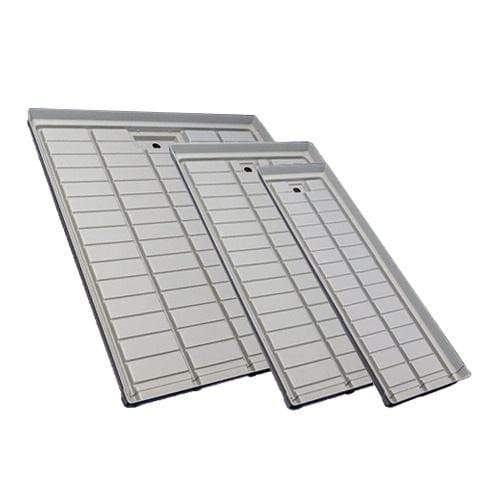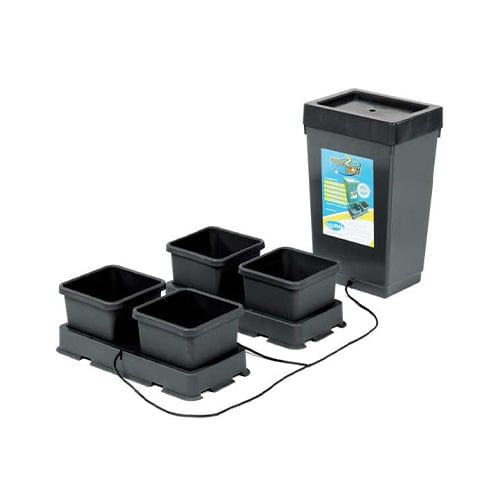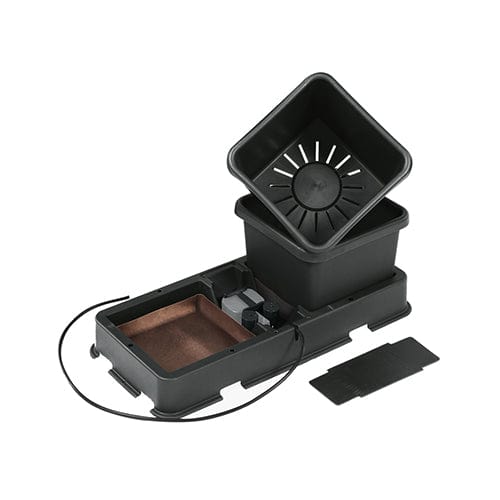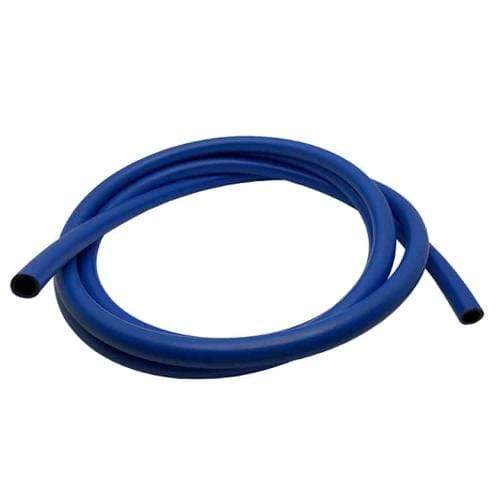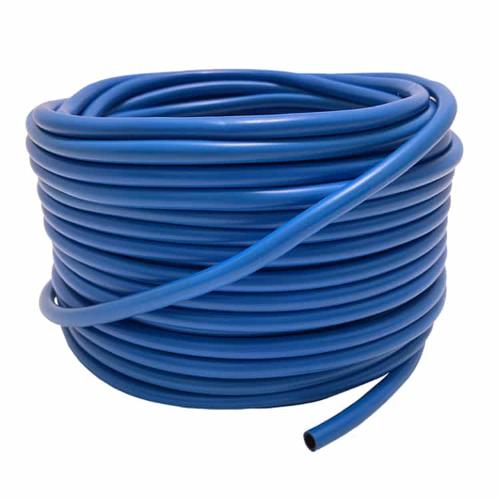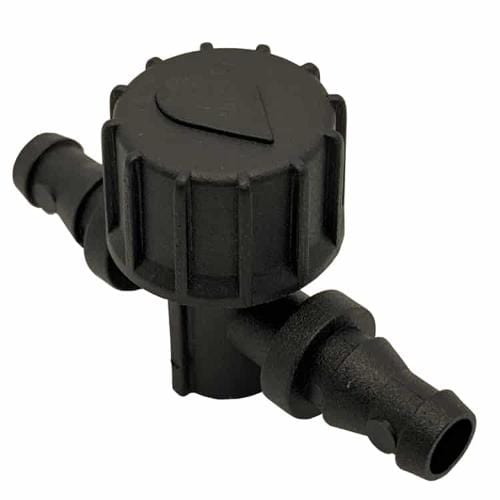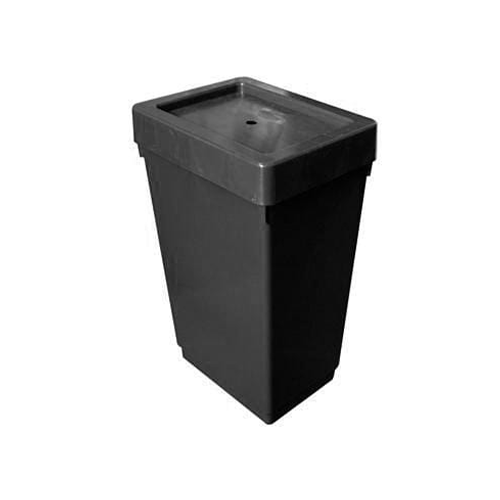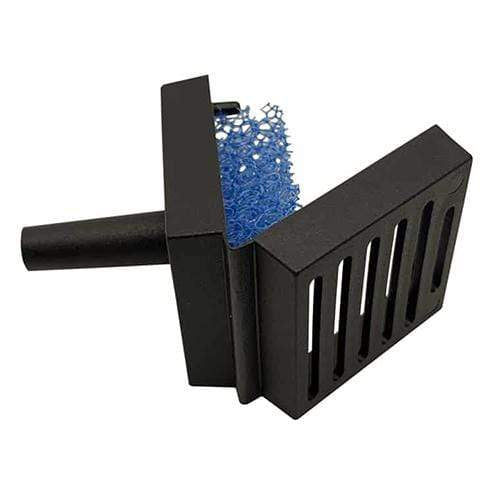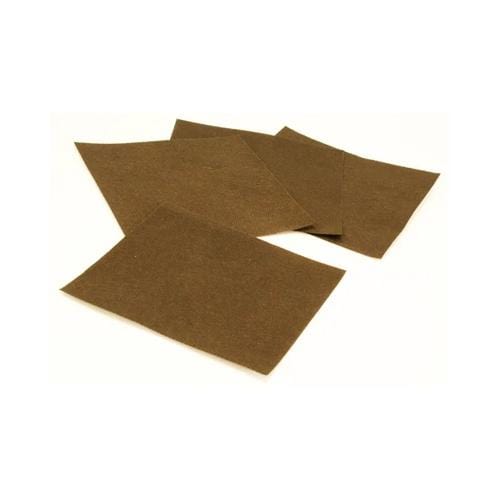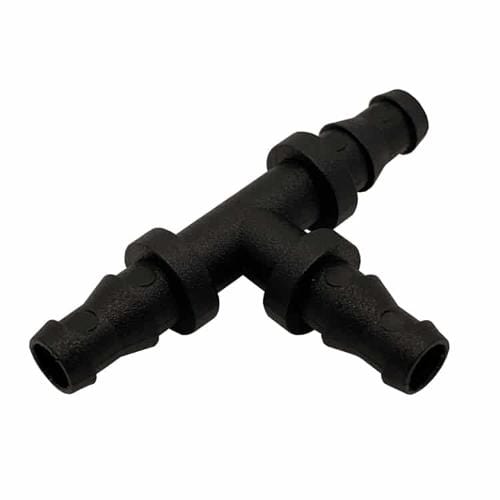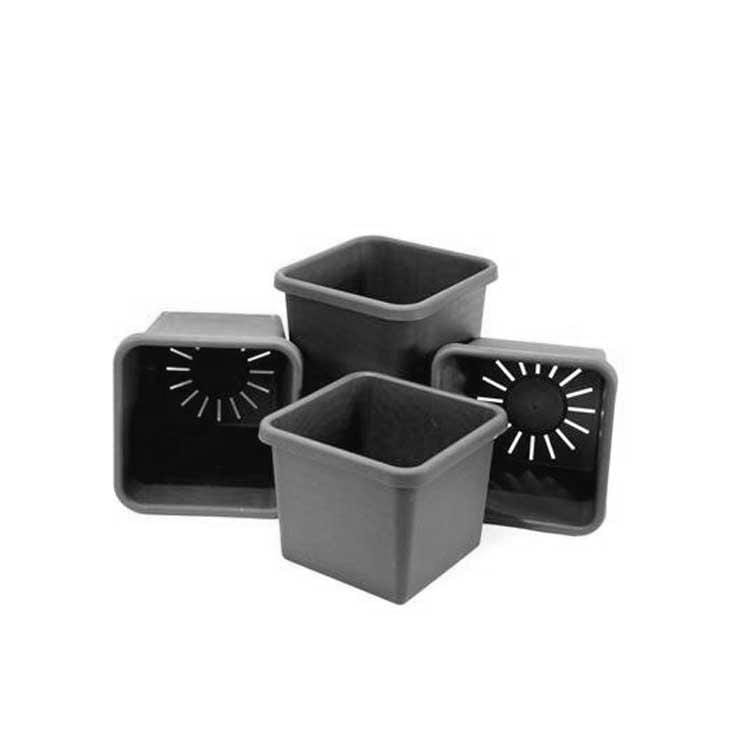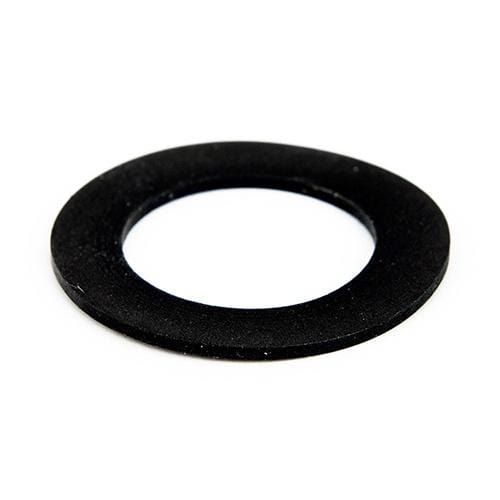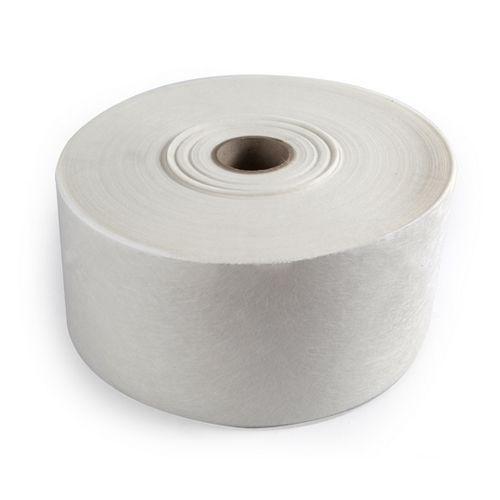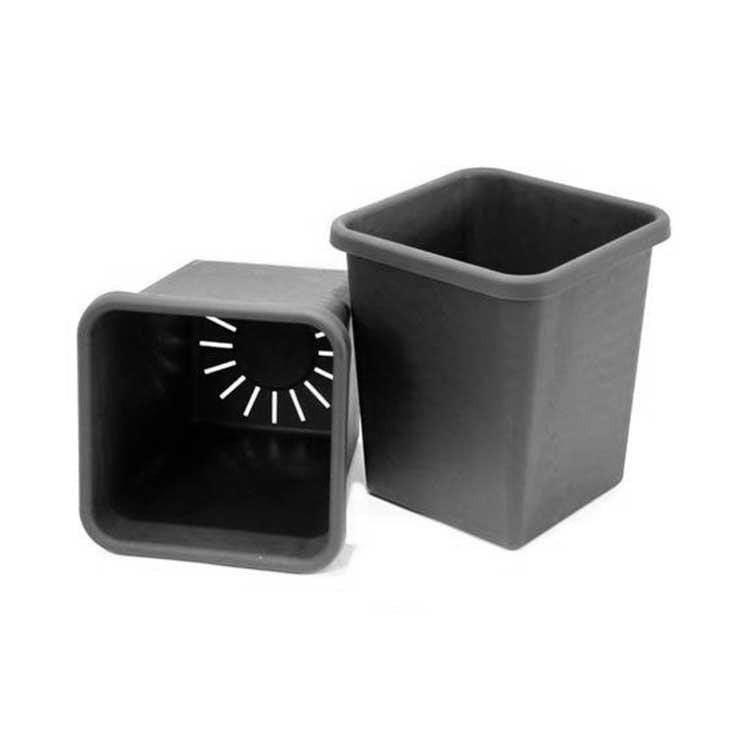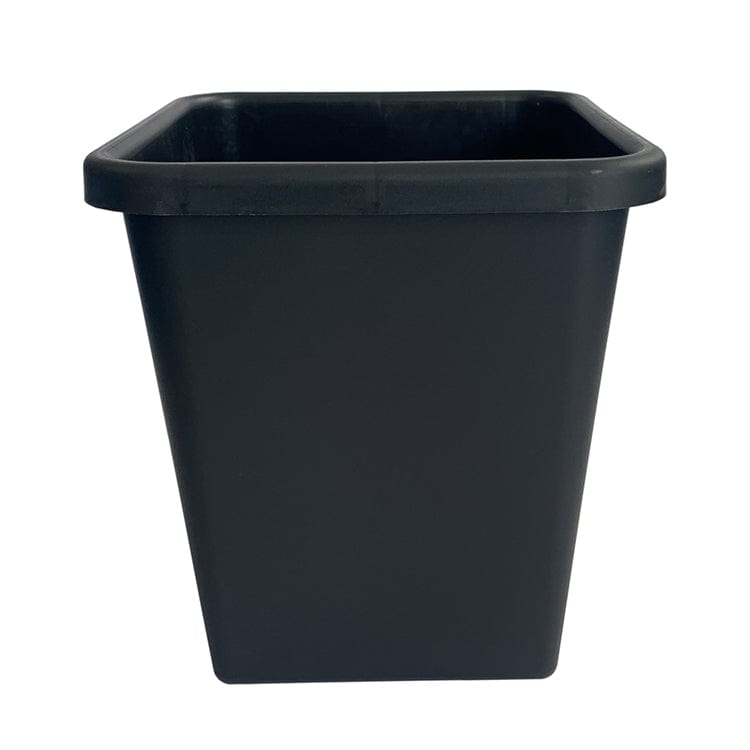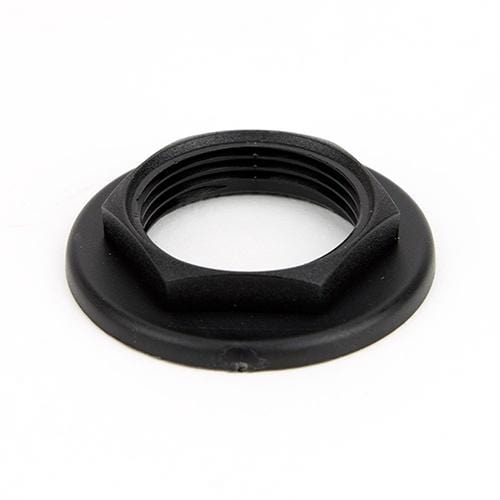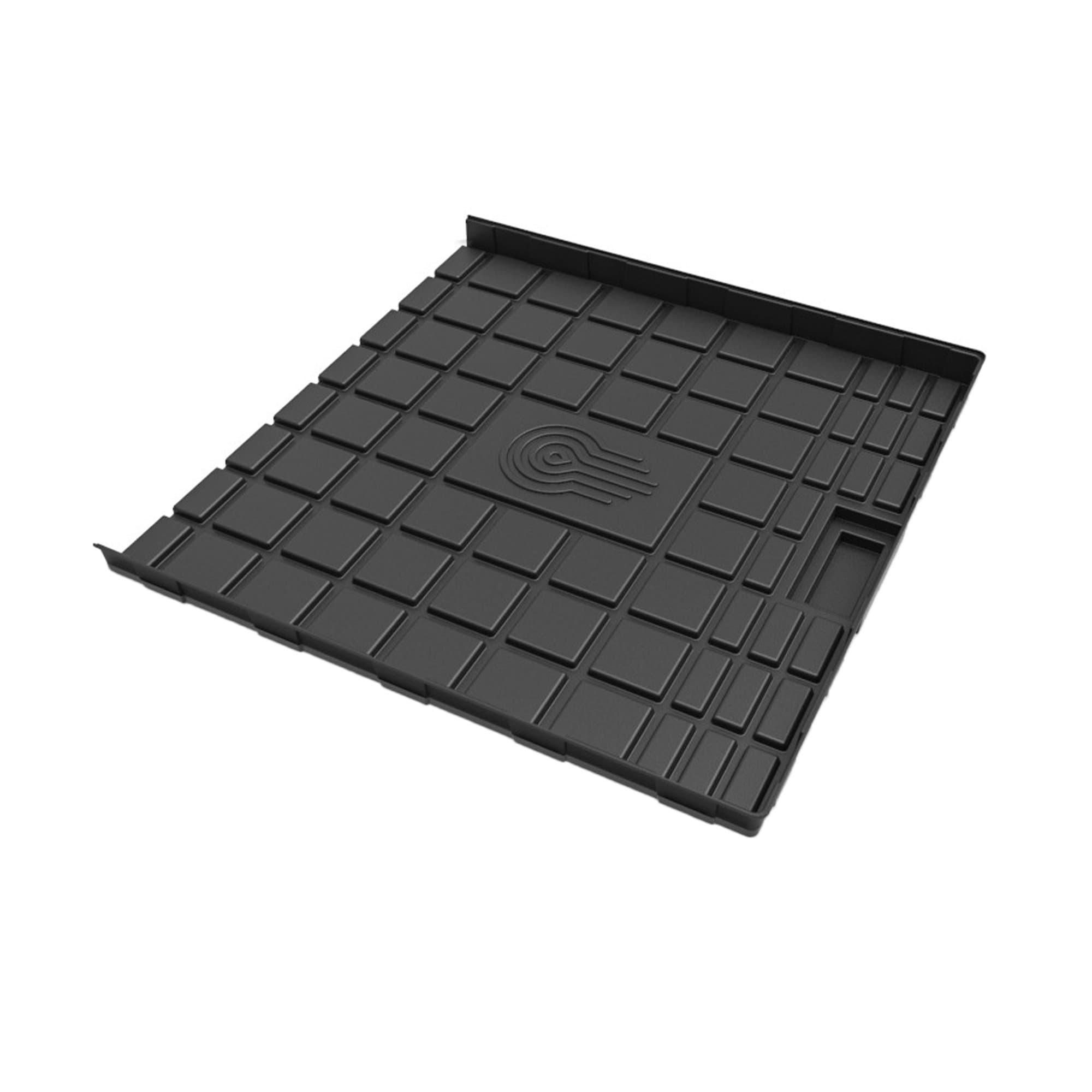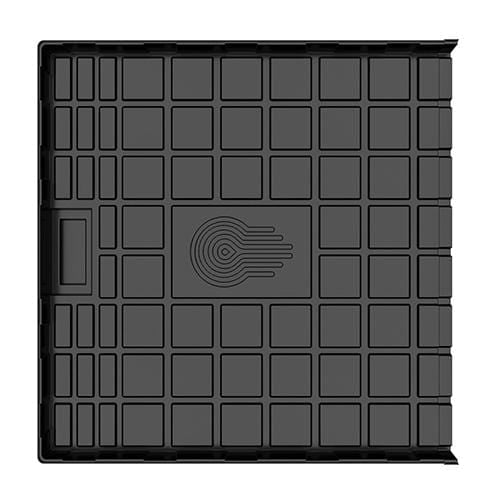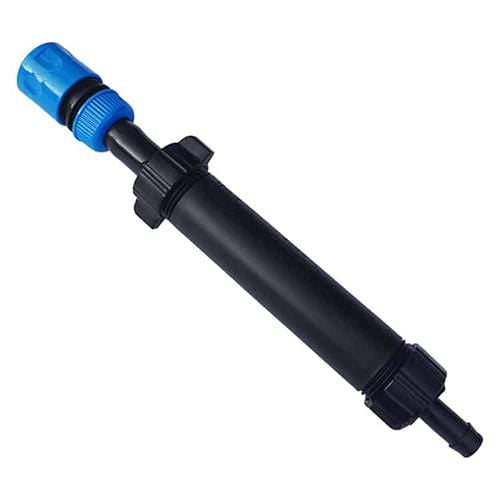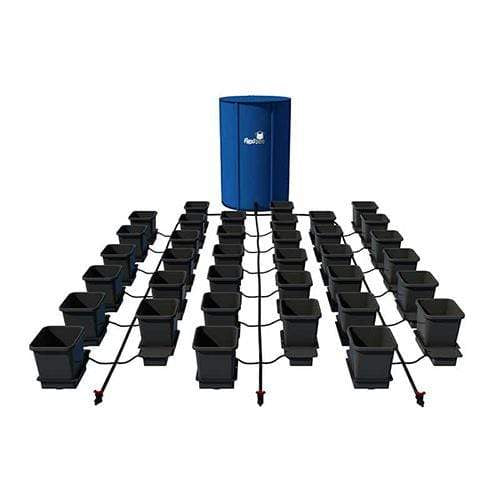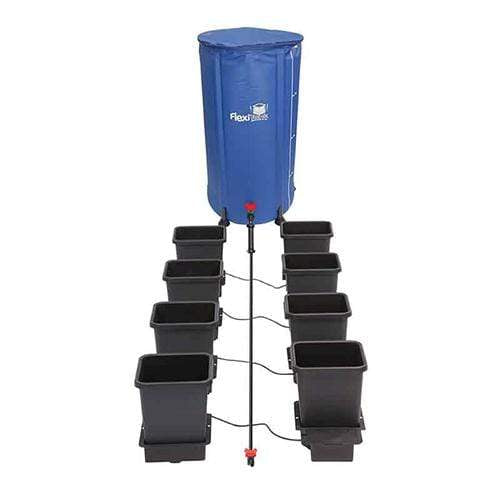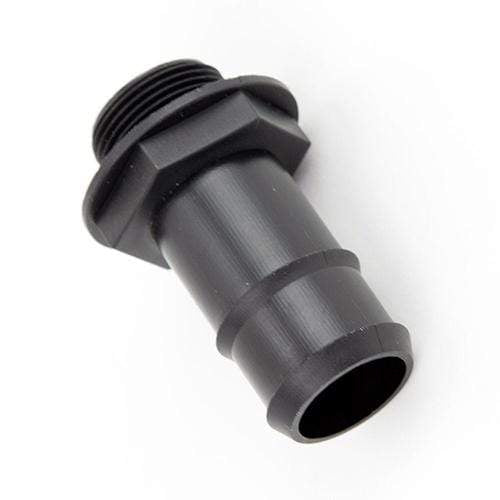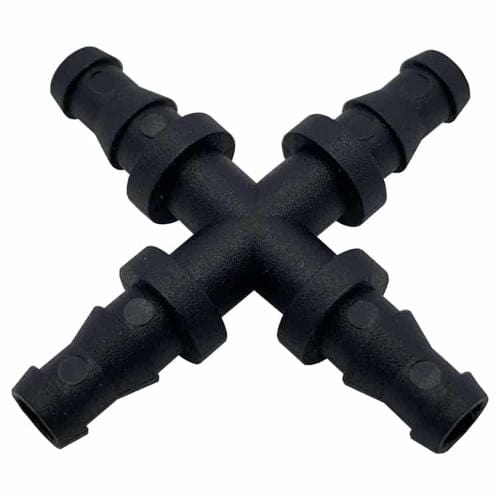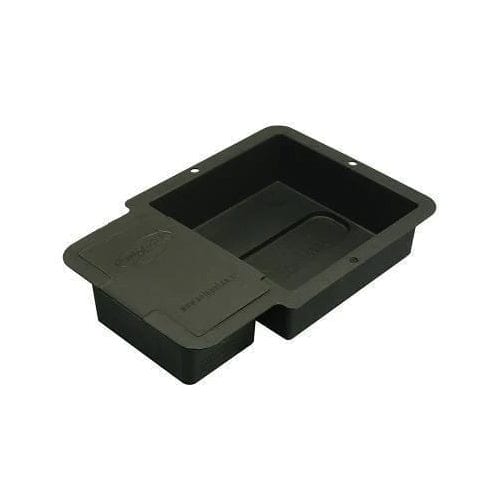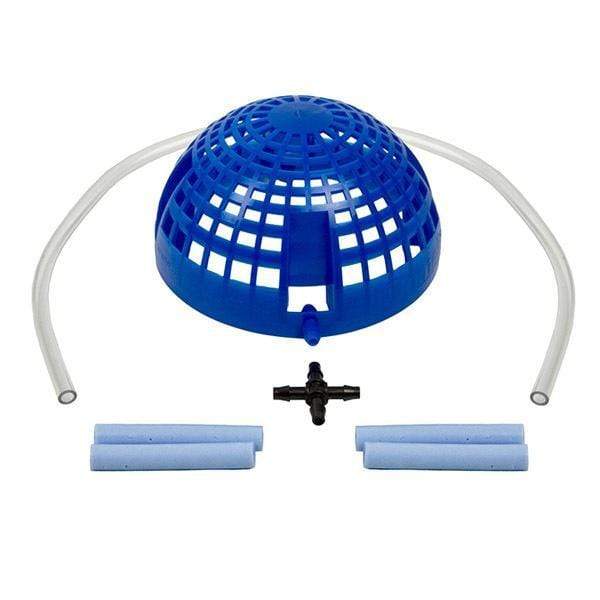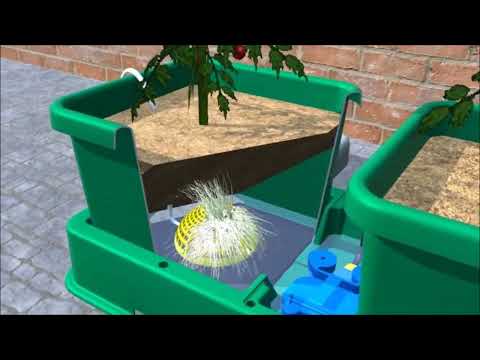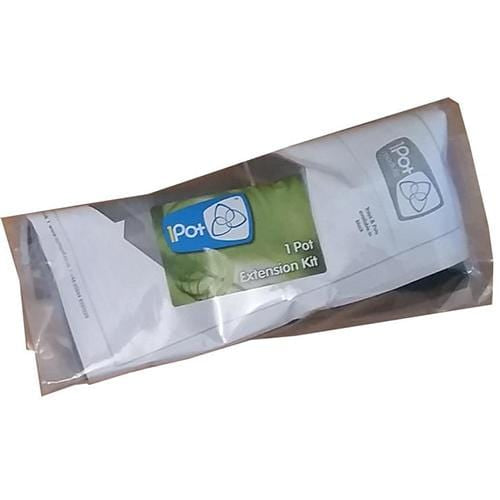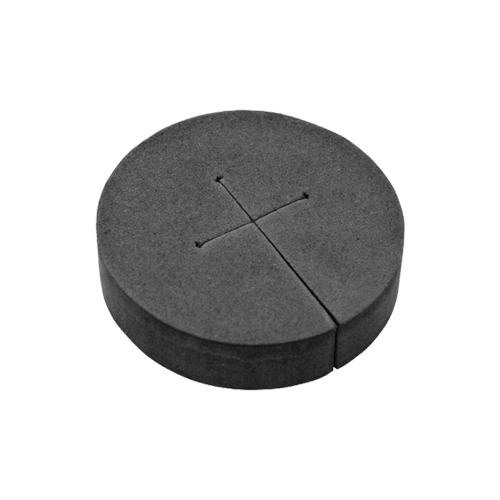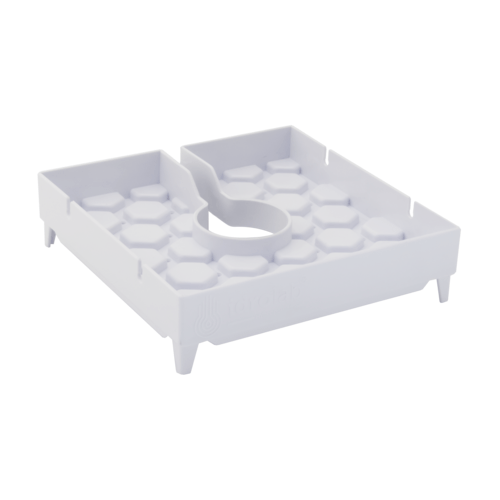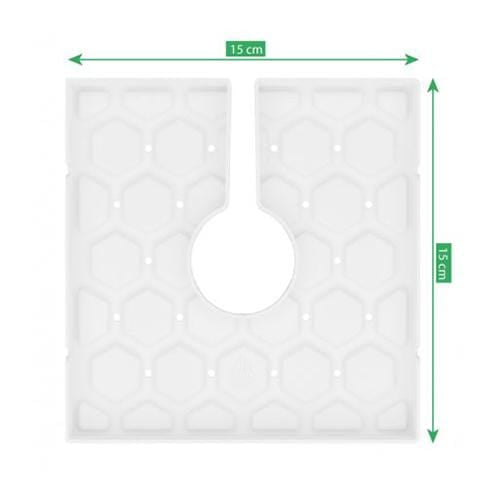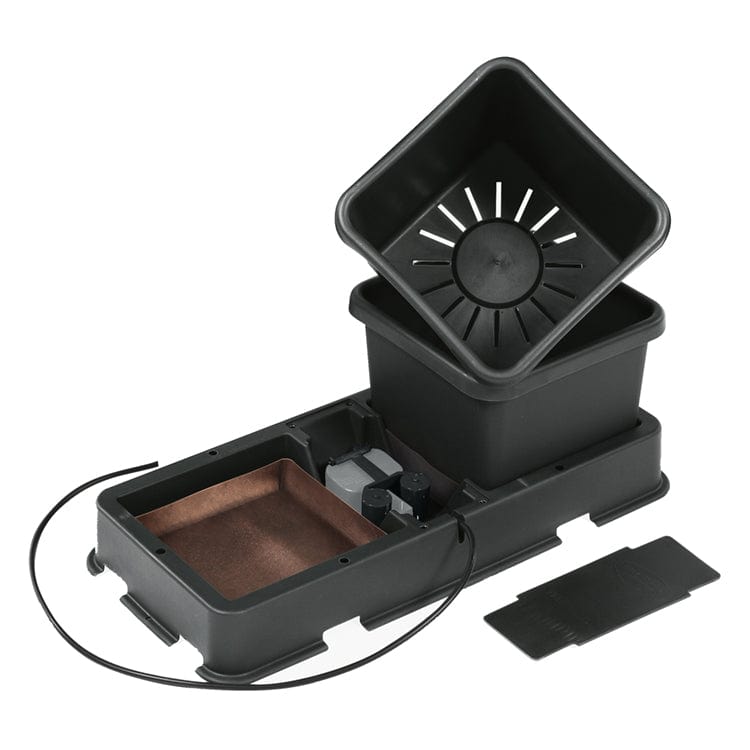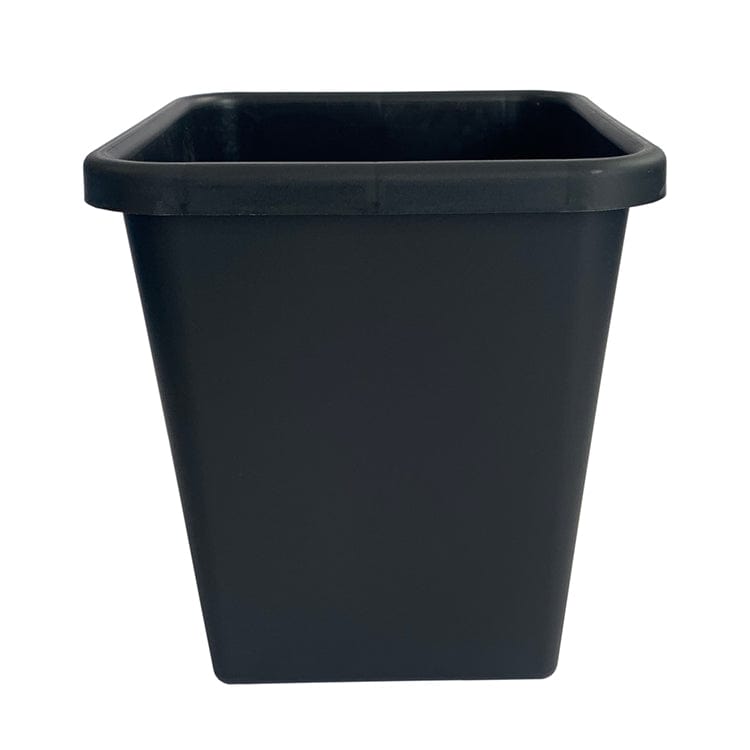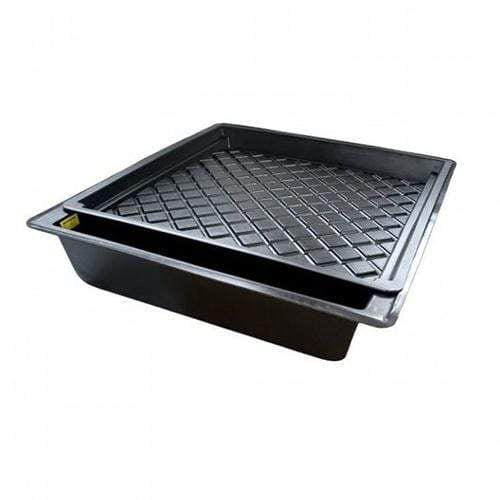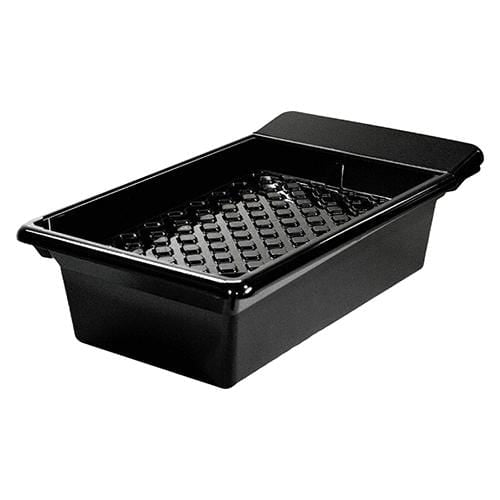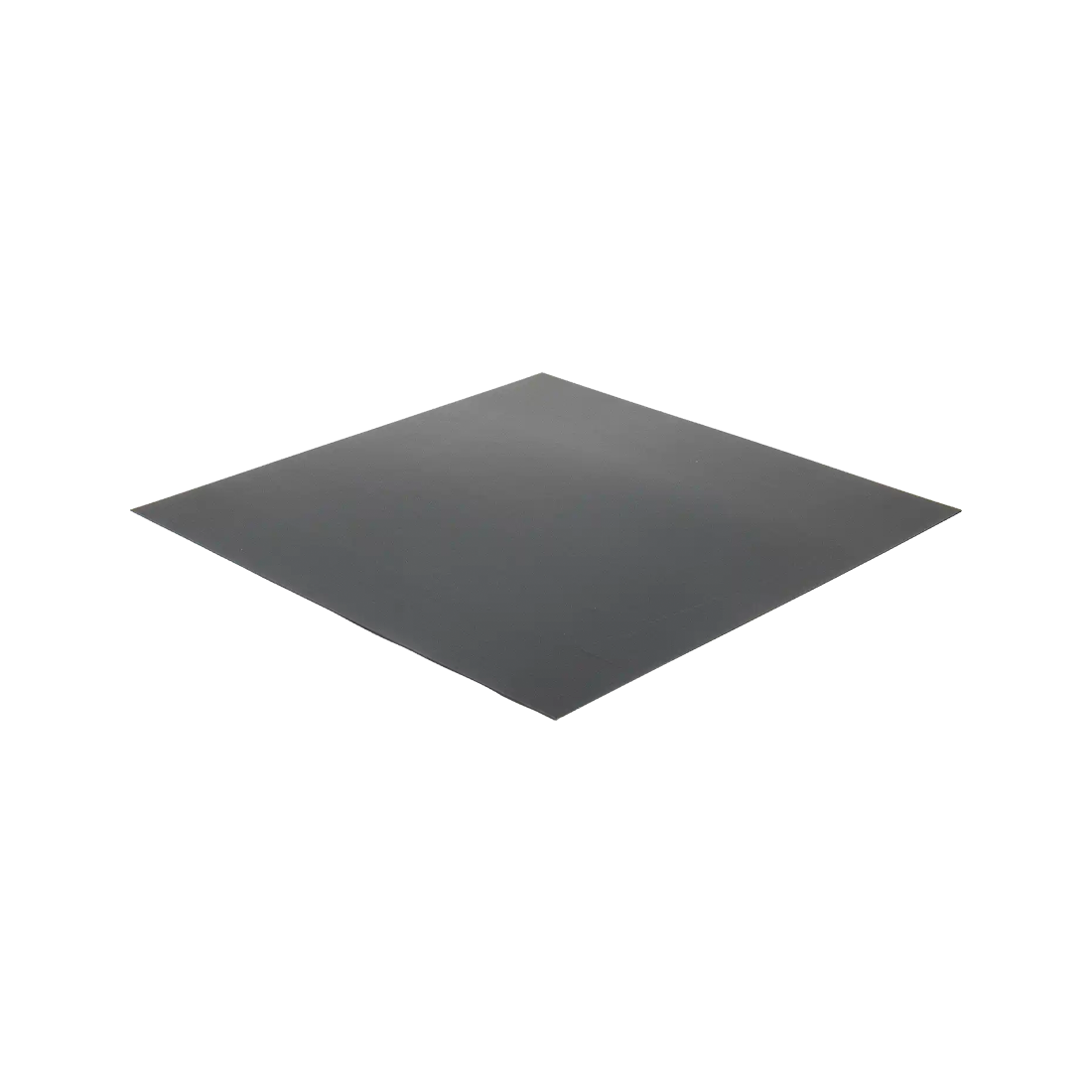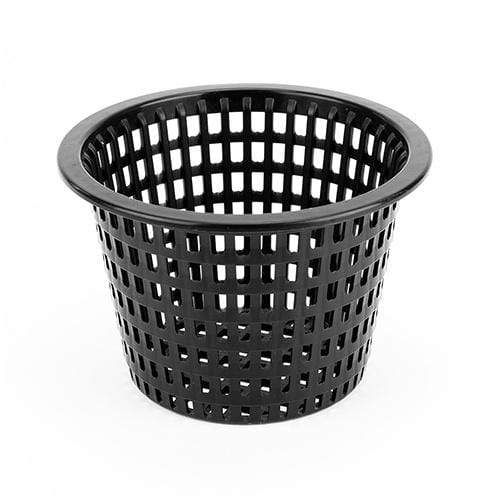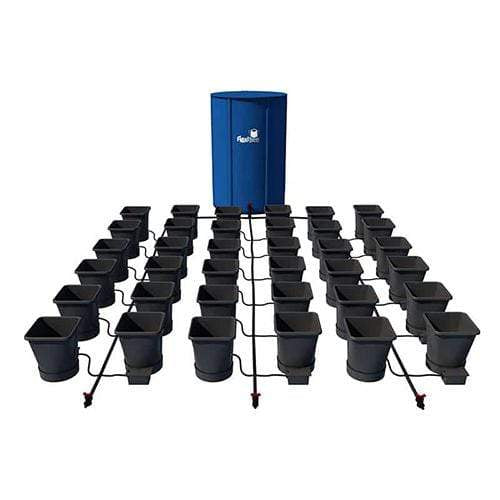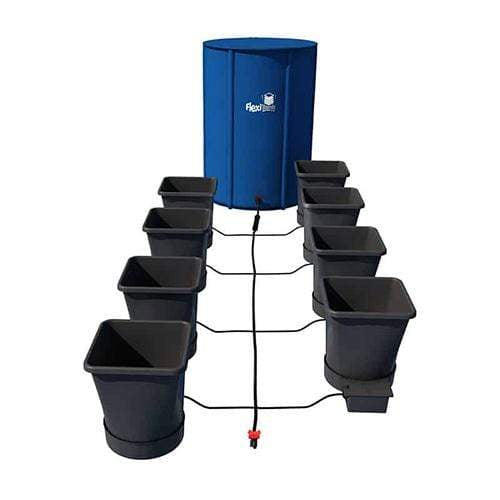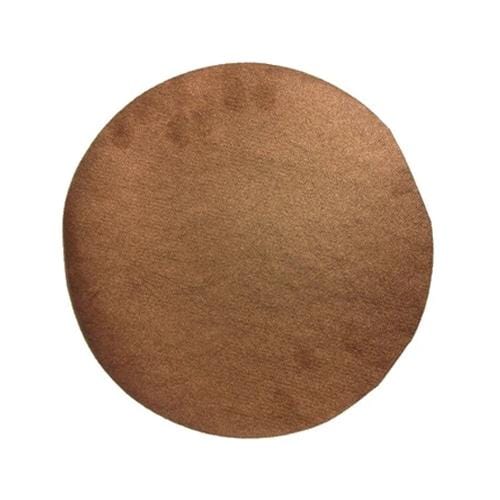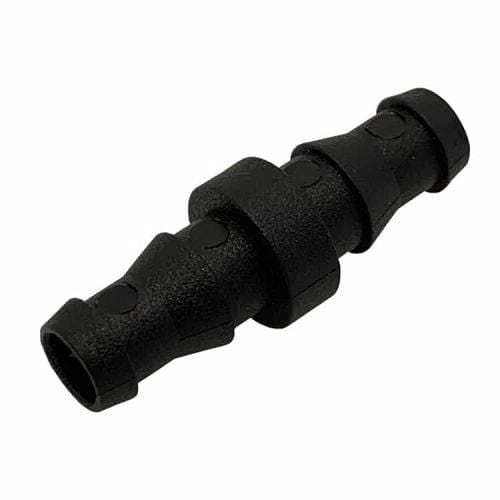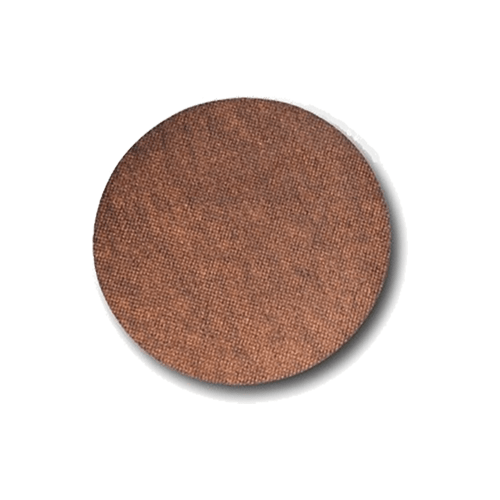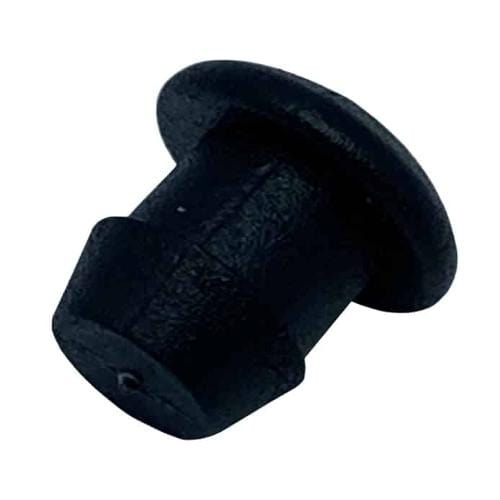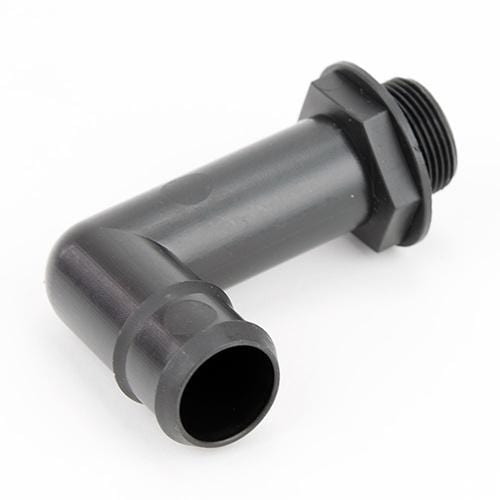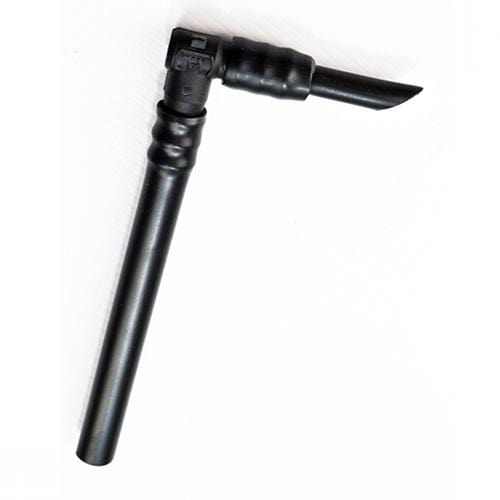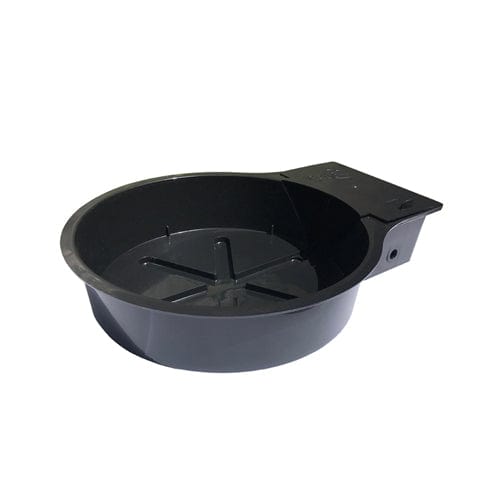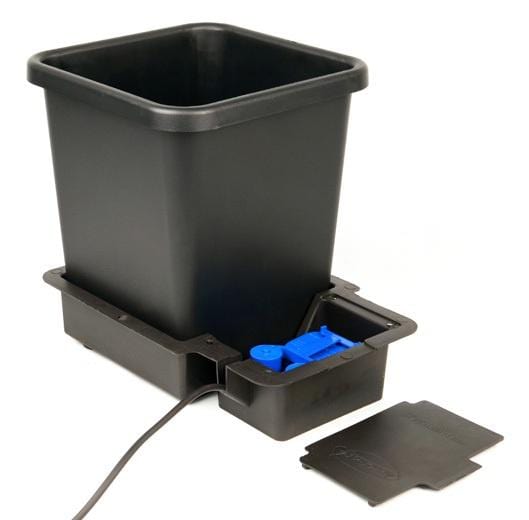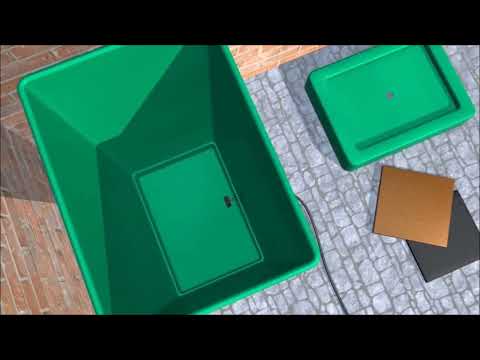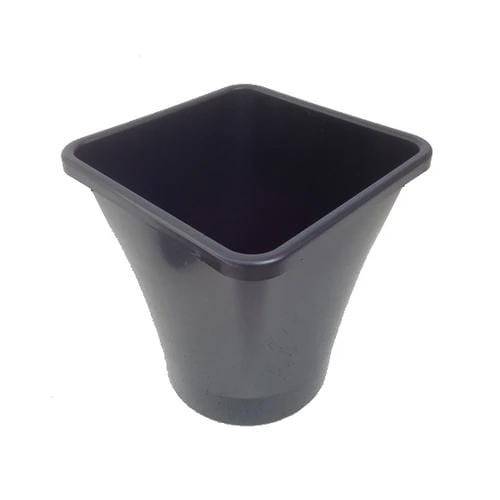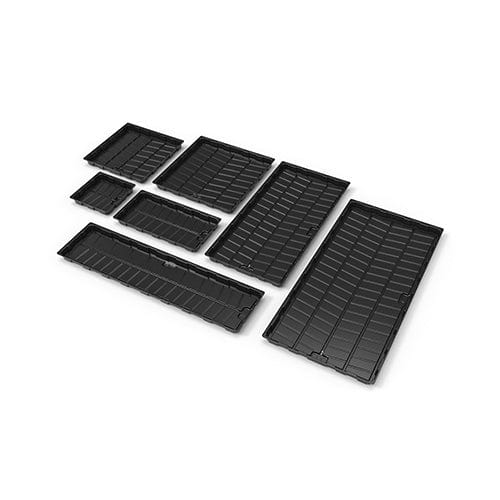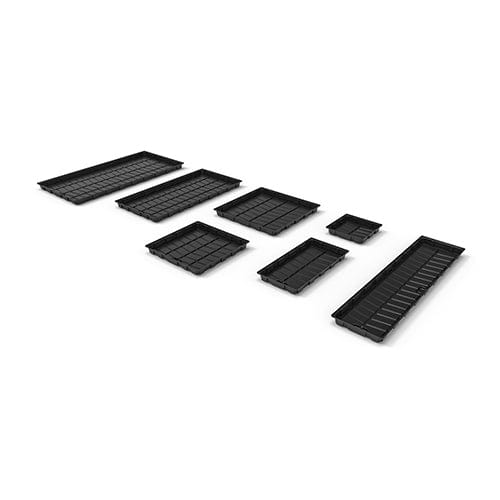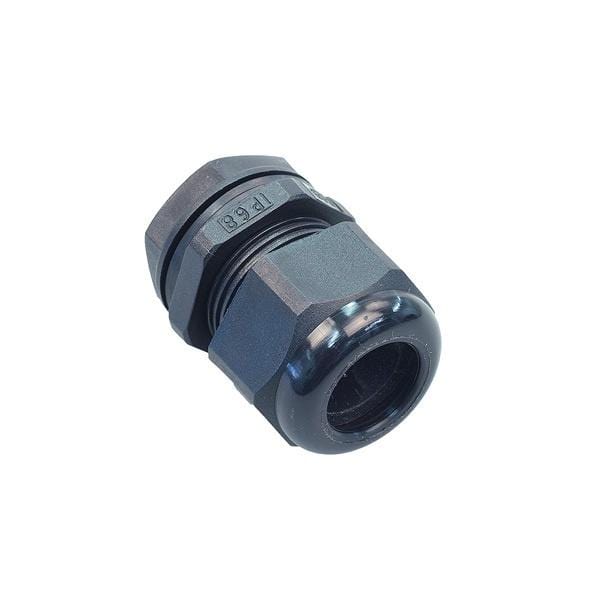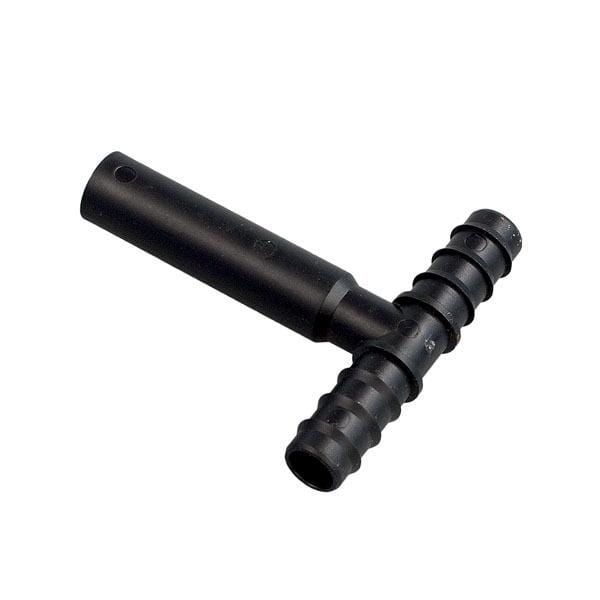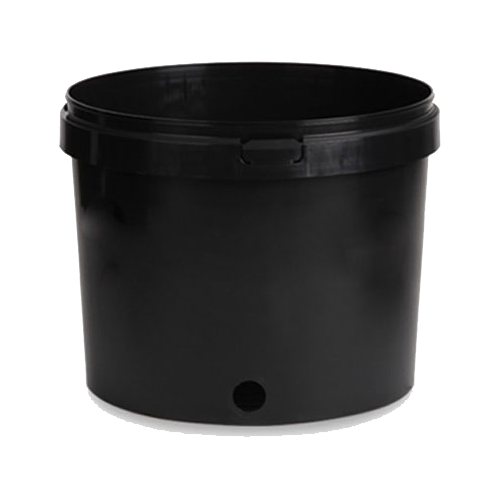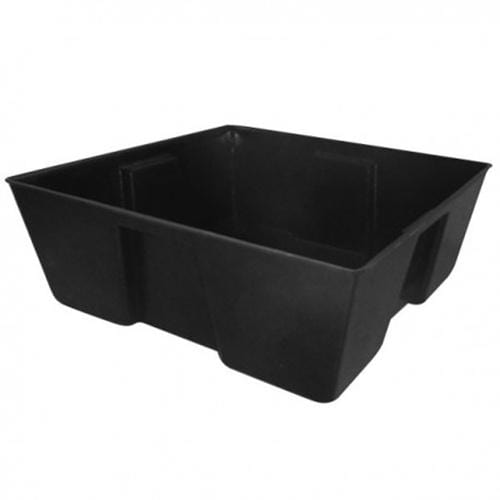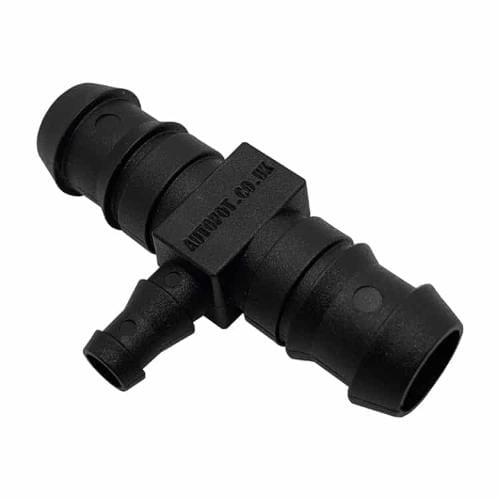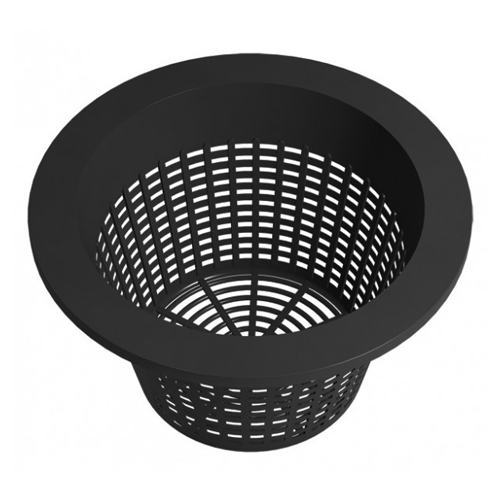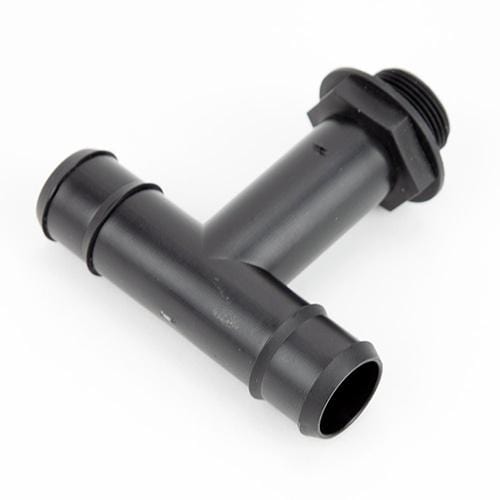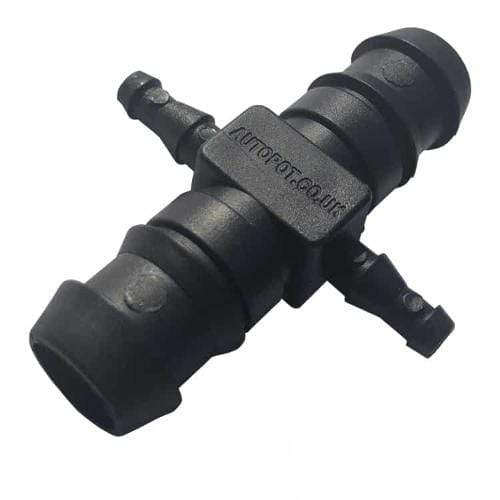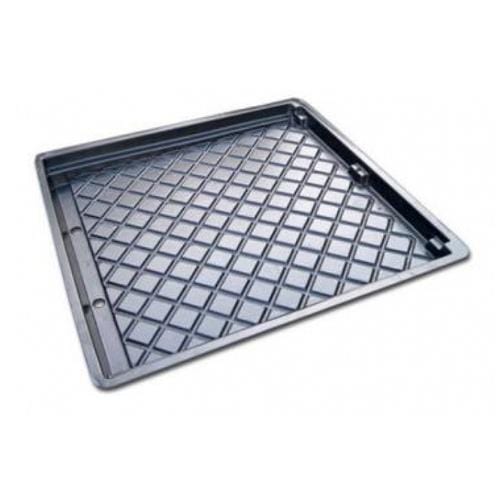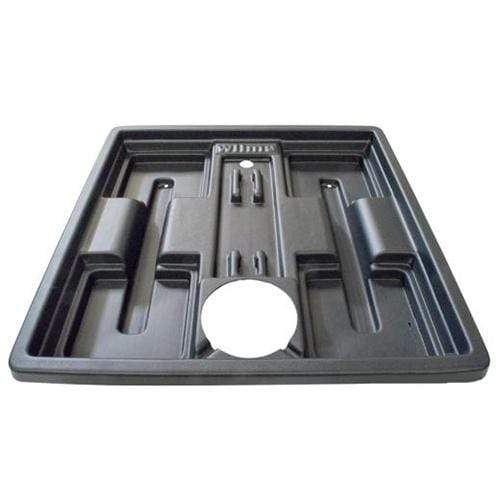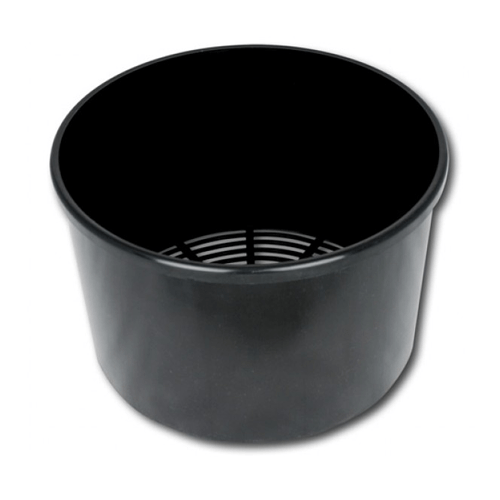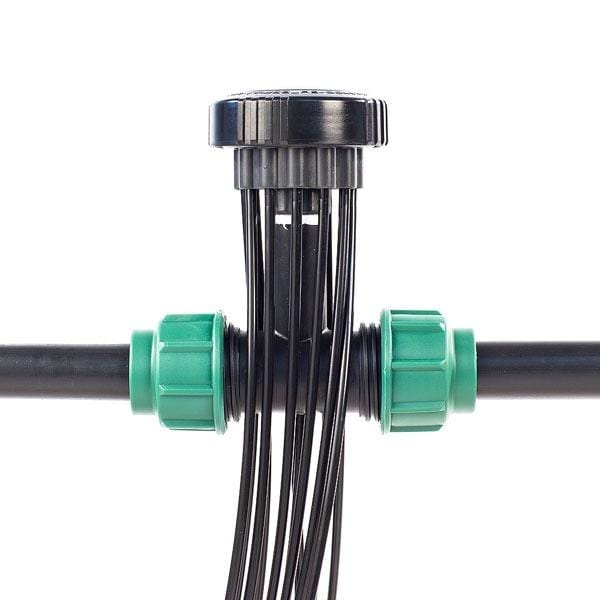What is hydroponics?
Hydroponics is a soilless horticultural growing technique. Plants grow in a nutrient rich solution, with or without growing media. There’s a range of different hydroponic methods such as NFT, RDWC, drip systems, and flood and drain (ebb and flow). Choosing the best system for your needs and refining the grow environment is essential for healthy crops and big yields.
Some methods, like dripper systems, use soilless substrates such as coco coir, rockwool or clay pebbles. Methods such as Deep Water Culture, and Nutrient Film Technique do not require any substrate. Instead, plants grow in mesh or net pots filled with clay pebbles with the roots submerged or exposed to the nutrient solution.
Hydroponic systems are typically set up indoors in grow rooms and tents with ventilation systems. Grow lights are used to mimic natural daylight. Hydro systems can also be used inside greenhouses but artificial lighting and heating may be required to create the perfect climate.
Types of Hydroponic Systems
There are 8 main types of hydroponic system including:
-
Dripper Systems: These systems deliver precise measures of nutrients to the base of each plant via tubing and drippers. This method is suitable for a wide range of plants. Brands like Origin make a range of dripper systems to suit any budget.
-
Flood & Drain (ebb and flow systems): This method floods the root zone with nutrient solution, then allows it to drain away. Flood and drain systems are typically controlled using a pump and timer. The flooding action delivers nutrients to the root zone and the draining exposes the root zone to oxygen. This continuous cycle promotes healthy root growth and nutrient absorption, resulting in robust plant development.
-
Deep Water Culture: In DWC systems, plants are suspended above a reservoir of nutrient-rich water. The roots dangle in the water and an air pump or air stone ensures oxygen delivery to the root system. This is a simple and effective method for growing plants indoors.
-
Recirculating Deep Water Culture: RDWC systems are an advanced version of DWC systems. Instead of suspending plants above the reservoir, they grow in individual containers connected with tubing.
The nutrient solution is constantly pumped from the main reservoir to feed the plants. Recycling of the nutrient water oxygenates and refreshes the solution. This optimises nutrient uptake and boosts growth. -
Nutrient Film Technique: NFT systems deliver a continuous film of nutrient solution to the root zone. A sloping tray supports the plants with the roots exposed to the air. This method delivers both oxygen and nutrients. It is ideal for fast-growing, shallow-rooted plants like lettuce and herbs.
-
Wick Systems: A wick (such as absorbent fabric) transports the nutrient solution from a reservoir to growing medium. This is a low cost, simple method but is generally fine for smaller plants with low water and nutrient requirements.
-
Aeroponics: Plants are grown in a soilless substrate with the roots suspended in the air. Regular misting at the root zone delivers nutrients and water, and prevents dehydration.
Continuous exposure of the root zone to oxygen promotes improved respiration and nutrient uptake. This results in stimulated growth, bigger yields and faster turnaround. It is worth bearing in mind that this method can be high maintenance and time consuming. -
Aquaponics: An indoor growing system that combines both hydroponics with aquaculture (fish farming). This method relies on a symbiotic relationship between the fish tank and plants. Waste from the fish tank provides nutrients for the plants, and the plants filter and clean the water. Water is then recycled back into the fish tank.
If you are starting out and don’t know which system will suit you best, get in touch for expert advice. For more information on the different systems, check out our beginners guide to hydro systems.
8 Benefits of hydroponics over traditional growing methods
Hydroponics offers many benefits over traditional cultivation techniques that involve soil. For example:
-
Faster turnaround: Plants grow faster resulting in quicker harvests and increased yields.
-
Total control: You can adjust every aspect of the grow environment to promote healthy growth and bigger yields. This includes lighting, nutrients and climate control.
-
Space efficiency: Hydroponic systems are highly versatile and can be configured to maximise space. For example, vertical towers need less floor space, allowing indoor growers to maximise capacity, even in small spaces.
-
Year round cultivation: Controlled indoor conditions allow for year round farming and increased output.
-
Avoids soil borne disease: The absence of soil eliminates the risk of soil borne diseases. These include Fusarium Wilt, Bacterial Wilt, and Clubroot.
-
Preserves resources: Systems designed to recycle resources help to save money and promote more sustainable horticulture.
-
Optimised EC and pH levels: Hydro growers can optimise electrical conductivity and pH levels to maximise plant growth.
-
Reduced use of pesticides: Greater control over the grow environment helps to reduce the risk of pest invasions. Reliance on pesticides will be reduced.
Visit our Hydro Shop or Buy Online
Visit our hydro shop in Enfield, London, or buy online with confidence. At London Grow, we only sell the very best hydroponic systems from top brands at great prices. Whether you need grow tables, complete systems or spare parts, we stock everything a hydroponic gardener needs. Need expert advice before selecting your kit? Give us a call or pop into the grow shop and we’ll be happy to help.



